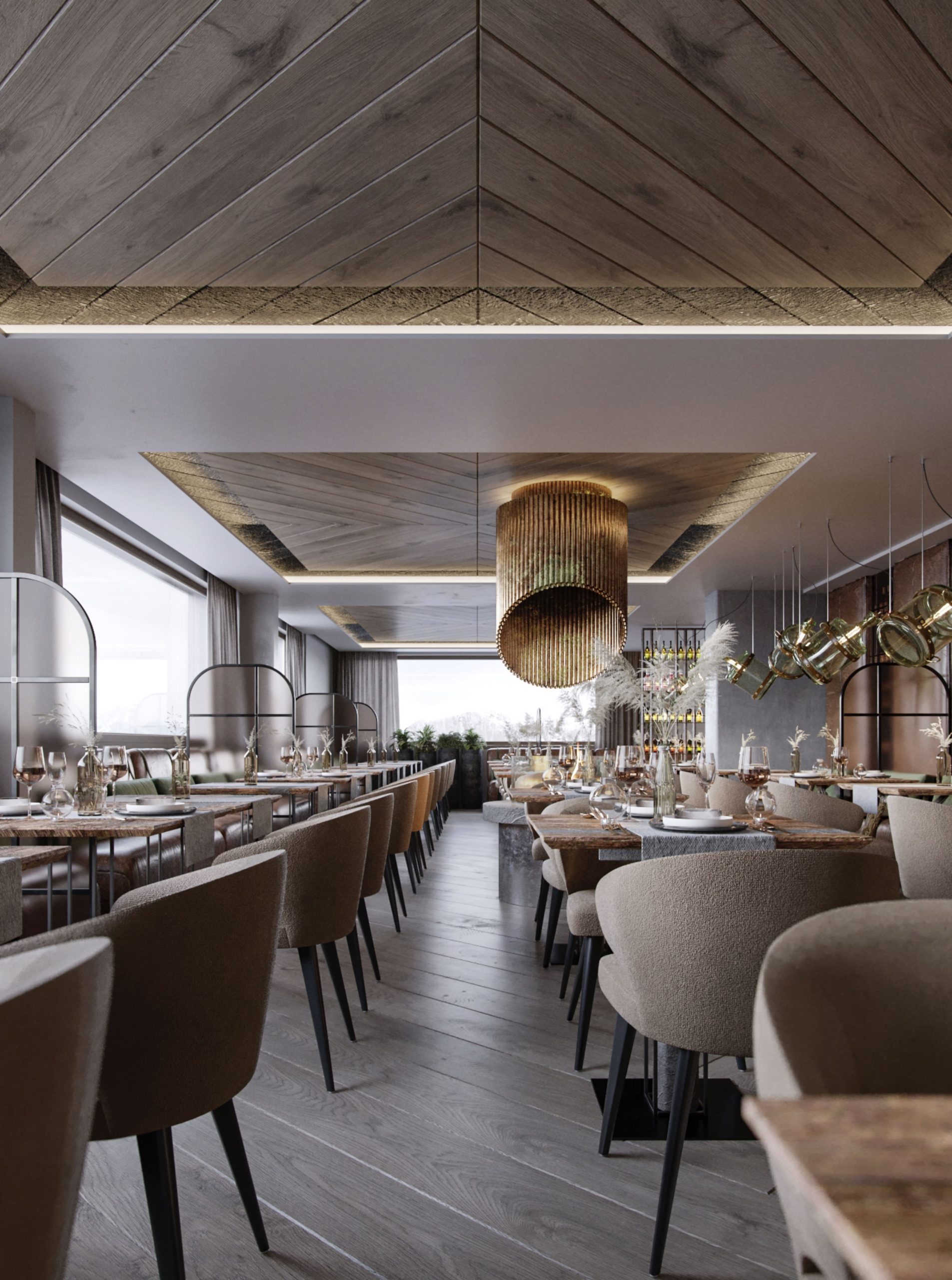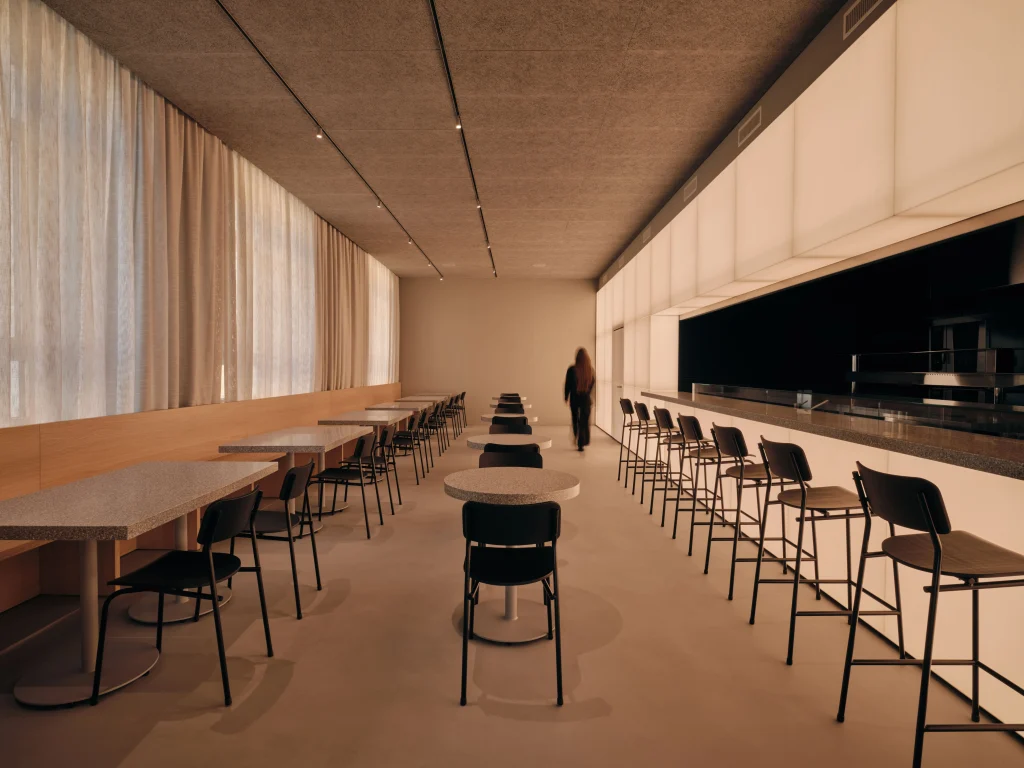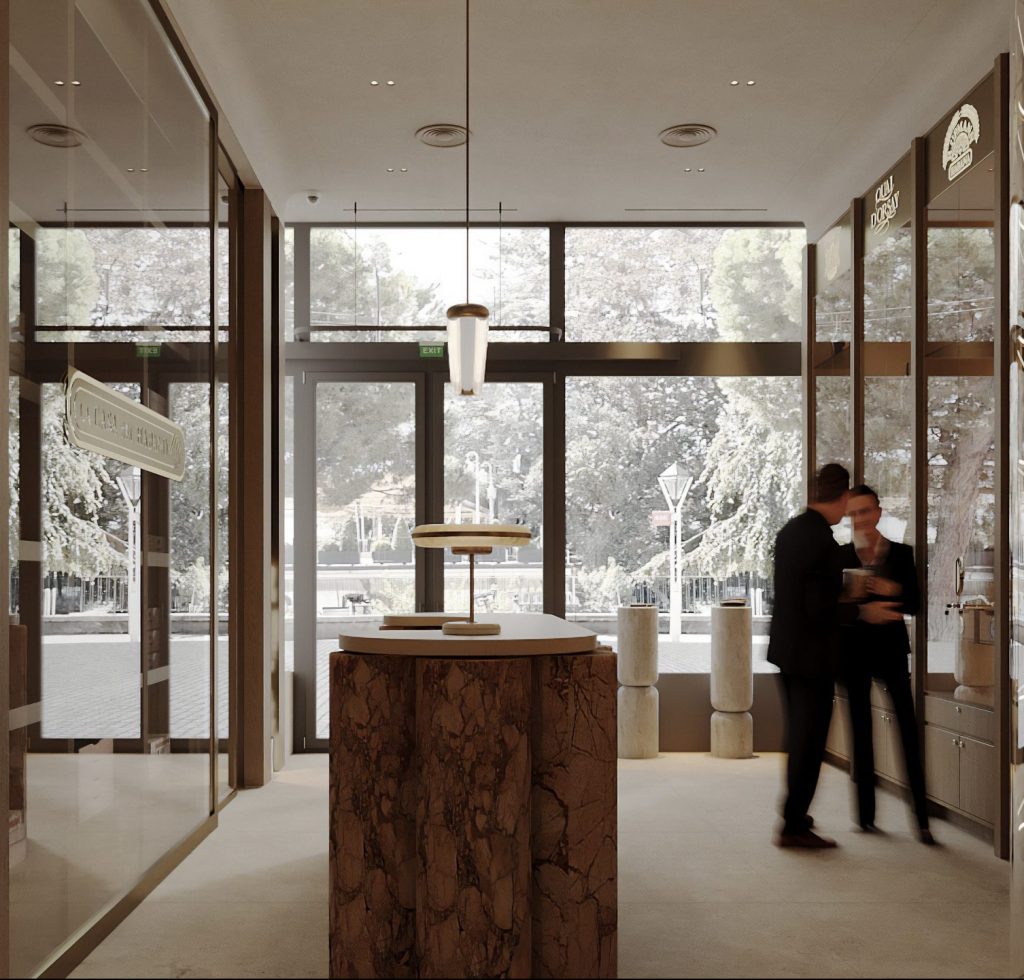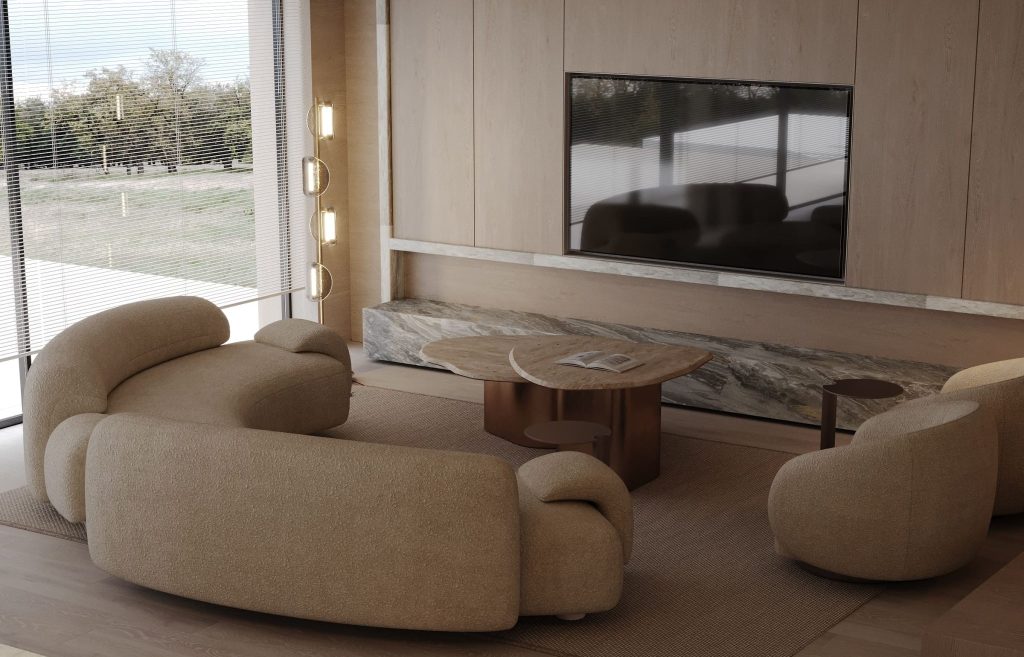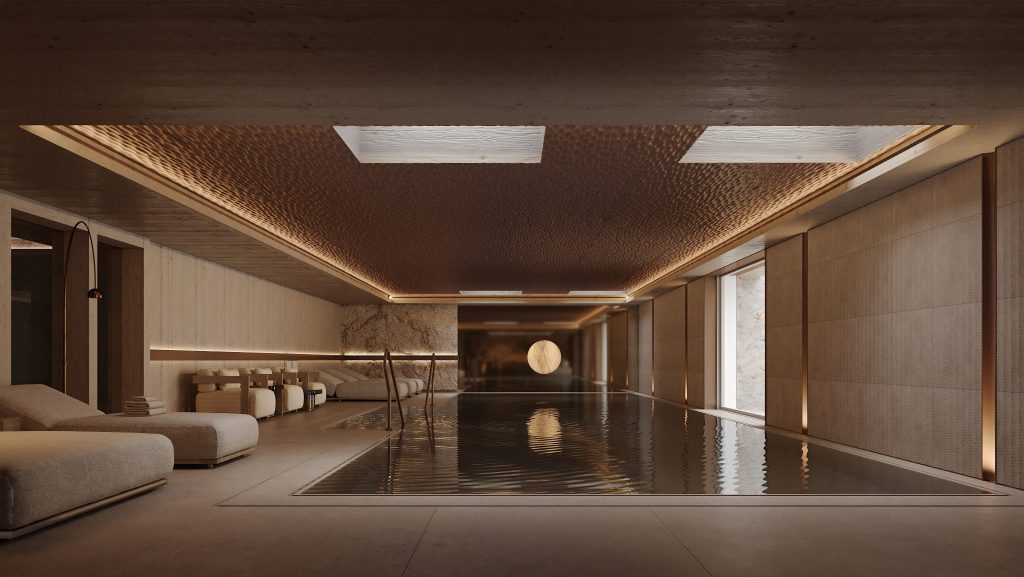Restaurant Interior Design: Your Guide to Creating Stunning and Inviting Spaces

Imagine walking into a restaurant where the ambiance radiates warmth, the decor stimulates your senses, the color palette soothes your eyes, and the strategic layout effortlessly guides you to your seat. Intrigued?. Interior design for restaurants is not just about the space; it is a story told through form, function, and aesthetics, creating an enriching experience for your guests. In this article, we will explore the importance of these essentials, guide you on a step-by-step journey through the transformative process, highlight the significant role of color in creating an inviting atmosphere, and lastly, discuss how your restaurant's theme and cuisine should reflect in your interior design. So, pull up a chair, and let's get started.
Understanding the Essentials of Restaurant Interior Design
The world of restaurant interior design is a complex and intricate one, encompassing more than just the visual appeal of a space. It's an art that revolves around crafting an atmosphere and environment that delicately influences the dining experience. The design of a restaurant serves as a silent orchestrator, enticing customers, ensuring their comfort, and elevating their overall dining journey. For any restaurateur, achieving a profound understanding of restaurant interior design, encompassing both ambiance and utility, stands as a pivotal aspect. This involves embracing and implementing the principles of best restaurant design practices, where every detail is thoughtfully considered to create a space that goes beyond the ordinary.
In essence, the successful execution of a restaurant's interior design hinges on a number of factors. These include a deep understanding of your target market and their preferences, the selection of a theme that correlates with the cuisine you serve, the strategic use of colors and textures to influence mood and perception, a functional layout for your furniture and decor, and an aesthetic balance between form and function. When combined thoughtfully, all these elements ensure an engaging and memorable dining experience for your customers.
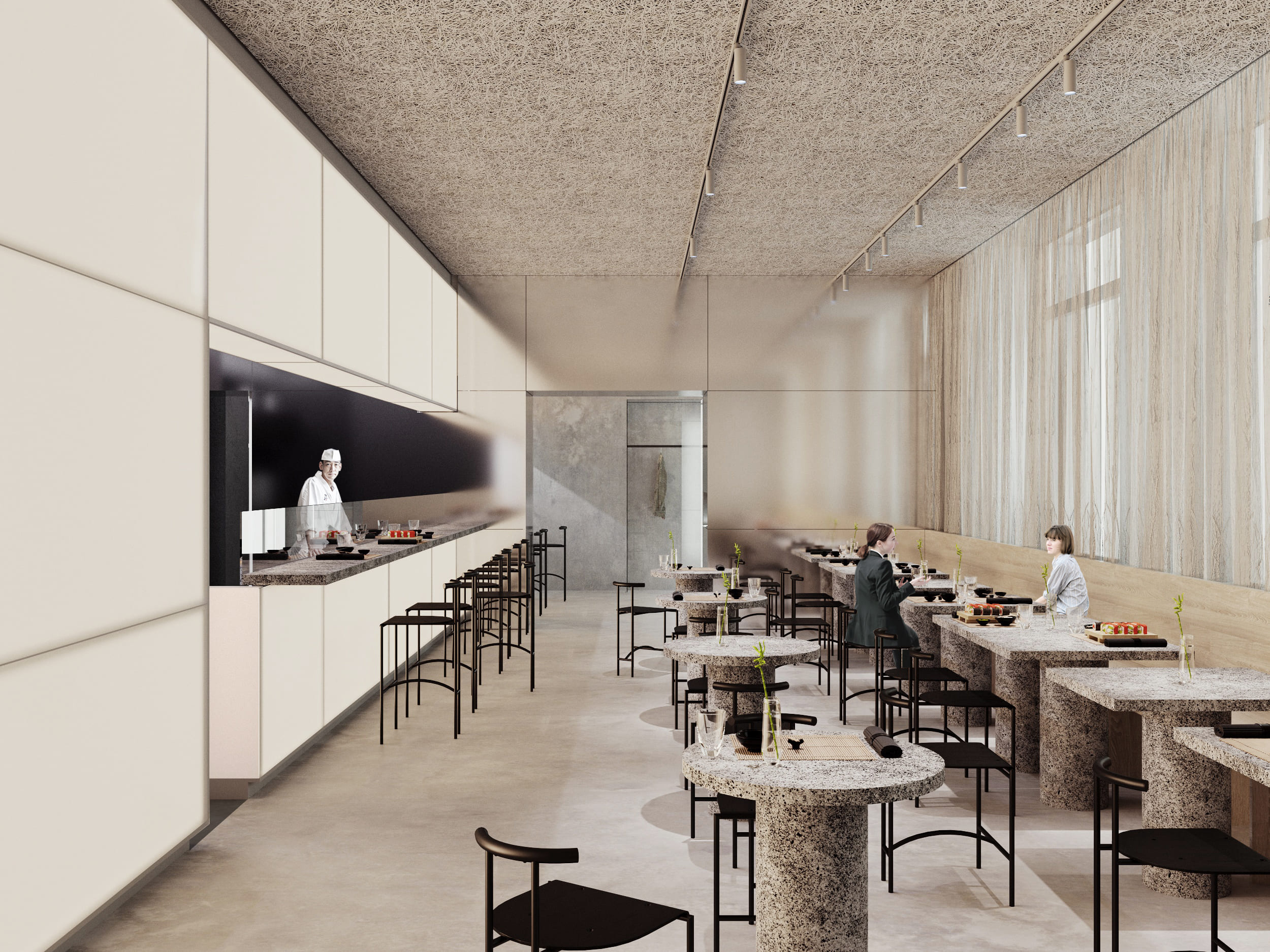
Transforming Spaces: A Step-By-Step Guide to Designing Your Restaurant's Interior
1. Establish Your Concept: The design of your restaurant should align with your overall concept. Whether that's a cozy diner or an upscale eatery, your interior should reflect and enhance it. Think of the story you want your restaurant to tell, and use that as your guide.
2. Plan the Layout: The layout of your restaurant is crucial to creating a functional and enjoyable dining experience. Consider the arrangement of tables, the location of the kitchen, and even the distribution of restrooms. Take into account the flow of traffic to ensure efficiency and comfort for both the staff and patrons.
3. Choose Your Color Palette: Colors have psychological effects that can dictate the mood of a space. Light shades can create an open, airy feel, while deeper colors can evoke a sense of warmth and intimacy. Align your color scheme with your restaurant's concept and atmosphere.
4. Focus on Lighting: Effective lighting is more than just a functional aspect; it's an art that can transform your restaurant's ambiance. Investing in proper lighting is paramount to achieving exclusive dining atmospheres that leave a lasting impression. From ambient lighting that provides general illumination to strategically placed accent lighting that draws attention to specific features, each element plays a role in setting the mood.
5. Select Furniture And Decor: When curating your restaurant's ambiance, stay in tune with the latest restaurant furniture trends to ensure your interior is not only stylish but also a reflection of contemporary aesthetics (if one is required). Be sure to select furniture and decor that align with your concept and color palette. The furniture should not only be stylish and match your theme but also comfortable and inviting to create a positive dining experience.
6. Pay Attention to Texture: The play of textures adds depth and richness to your design. Combine different materials, like wood, metal, or fabric, to create a layered look in your space.
7. Address Acoustics: The acoustics of your restaurant also play a significant role in creating an inviting atmosphere. A perfectly designed restaurant can fall flat if it’s too noisy or eerily quiet. Consider incorporating sound-absorbing materials in your design.
8. Put Final Touches: Lastly, don't overlook the small details. These can make your restaurant feel unique and personal. Custom artwork, staff uniforms, plateware, and even restroom fixtures can make a significant difference in the overall presentation. Ensure that these elements align with your innovative restaurant decor, adding a touch of creativity and individuality to enhance the dining experience.
Remember, the design should speak to your brand's identity while offering a wonderful experience to your customers.

The Role of Color
Imagine walking into a restaurant that radiates warmth or one that exudes coolness. That's the power of color in interior design. It has the potential to create emotional and psychological responses that can dramatically affect your diners' experience. It's absolutely crucial to consider the color palette of your restaurant; after all, it sets the tone for your guests' mood, influences their appetite, and even sways their perception of the restaurant's temperature. Subdued hues like soft pinks and blues can create a relaxed, calming atmosphere, while deeper tones like red and orange can stir energy and stimulation. The key is to be strategic with your color choices, always considering the kind of dining experience you want to offer.
Moreover, remember that color extends far beyond just the walls. Think about the colors of your furniture, your dishes, your artwork, and even your staff uniforms. Each element should work together to create a cohesive, welcoming environment. For example, a rustic Italian trattoria might choose warm, earthy colors like terracotta and olive green to echo the fresh, hearty flavors of its cuisine, while a modern restaurant interior of a sushi bar could opt for sleek black and white with bright pops of red to capture the essence of its clean, minimalist aesthetic.

Envisioning the Layout: Strategic Placement of Furniture and Decor
Consider the layout of your restaurant as a map to an unforgettable dining experience. Strategic placement of furniture and décor is not just about aesthetics; it’s a delicately balanced dance between form and function. When successfully executed, it will guide your guests seamlessly from the front door to their table, the restroom, the bar, or the cashier.
Like a symphony conductor, a cleverly devised layout orchestrates all the moving parts of your restaurant, creating trendsetting dining spaces. It accommodates the needs of both your staff and guests by providing ample room for servers to dart about efficiently while giving diners the space they need to dine comfortably. Regardless of your restaurant's size, the key is to divide the space effectively. Allot sections for various functions such as dining, waiting, and kitchen areas. Remember that each area should tell a part of your restaurant's story and tie into the overall theme.
Whether you are outfitting a cozy bistro or a bustling diner, remember that your furniture and décor aren't just pieces of design — they also serve as markers, guiding your guests' journey through their dining experience. So, take a moment to consider every chair placement, every light fixture, and every wall color because stylish restaurant layouts can transform every meal into a unique and enjoyable experience.

Incorporating Theme: How Your Interior Reflects Your Cuisine
Imagine walking into an Italian restaurant that doesn't have that rustic charm or a Japanese sushi joint without a hint of minimalistic elegance and contemporary restaurant ambiance. Would the dining experience feel complete? Perhaps not. Your restaurant's interior design should be an extension of the cuisine you're serving. It sets the mood, evokes sensations, and whets the appetite even before the first bite is taken. This alignment between what you serve on the plate and what you display in your surrounding environment is crucial in creating a memorable dining experience.
Consider the little details that can speak volumes about your theme. For example, the crockery you use, the artwork on the walls, the lighting fixtures, and even the color scheme can all be used to convey your eatery’s culinary culture. If you run an authentic Mexican food place, you could embrace vibrant colors, handmade ceramics, and traditional Mexican crafts to elevate your interior space. Or if you're setting up a chic vegan café, the use of organic materials, recycled furnishings, and a palette drawing from nature can subtly communicate your culinary philosophy.
The point is to create a harmonious visual narrative that elevates the experience of your cuisine. This doesn't necessarily equate to constructing an in-your-face, ostentatious theme. It's more about infusing subtlety and authenticity in your choices of furniture, decor, color, lighting, and layout. The aim is to give your diners the whole experience - the taste, ambiance, and aesthetics syncing up to create something truly spellbinding. Remember, a beautifully crafted interior isn't just visually appealing; it's a silent affirmation of your restaurant's identity and the quality of your food.
